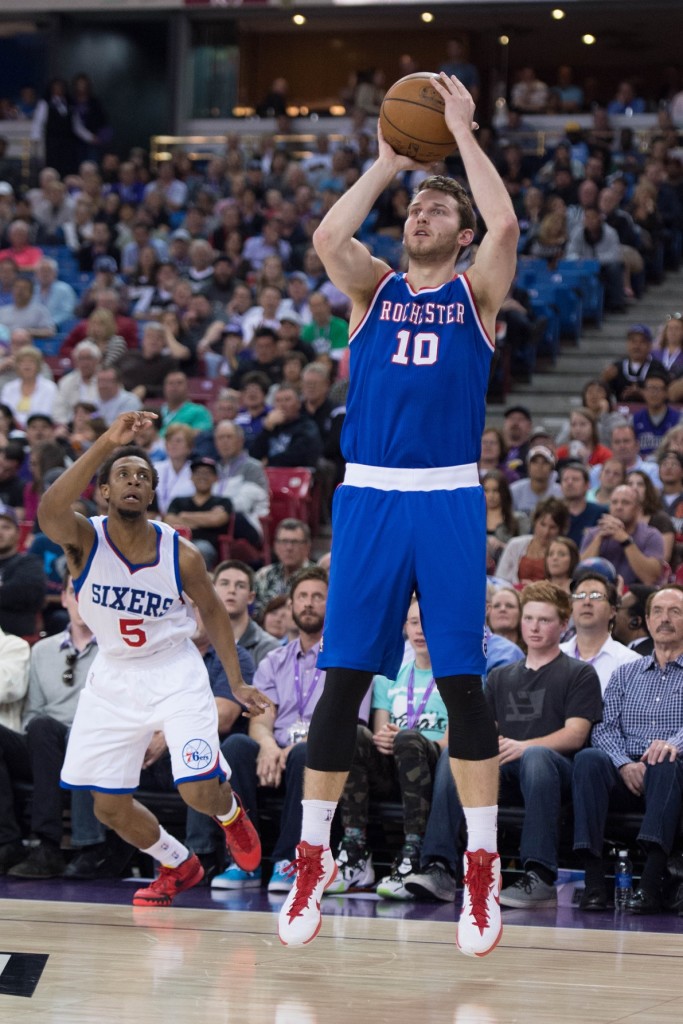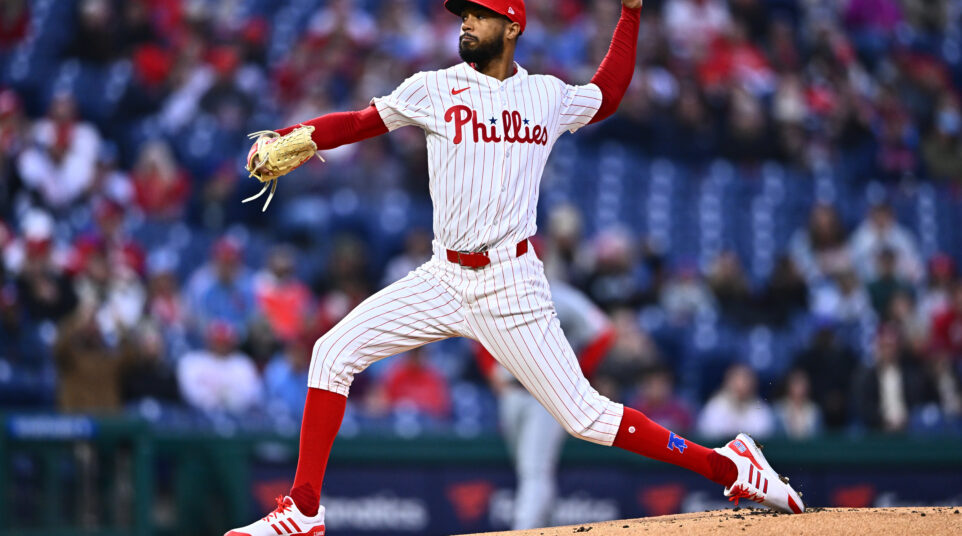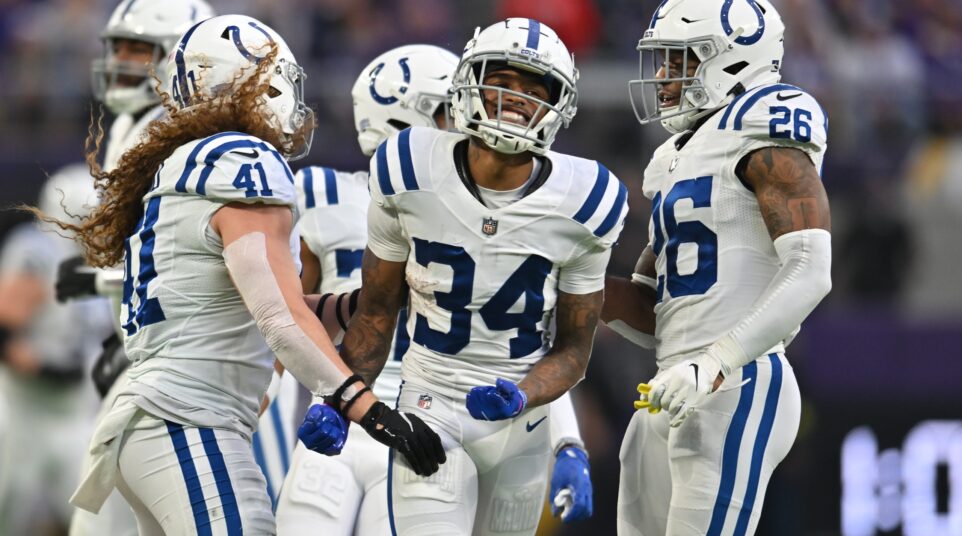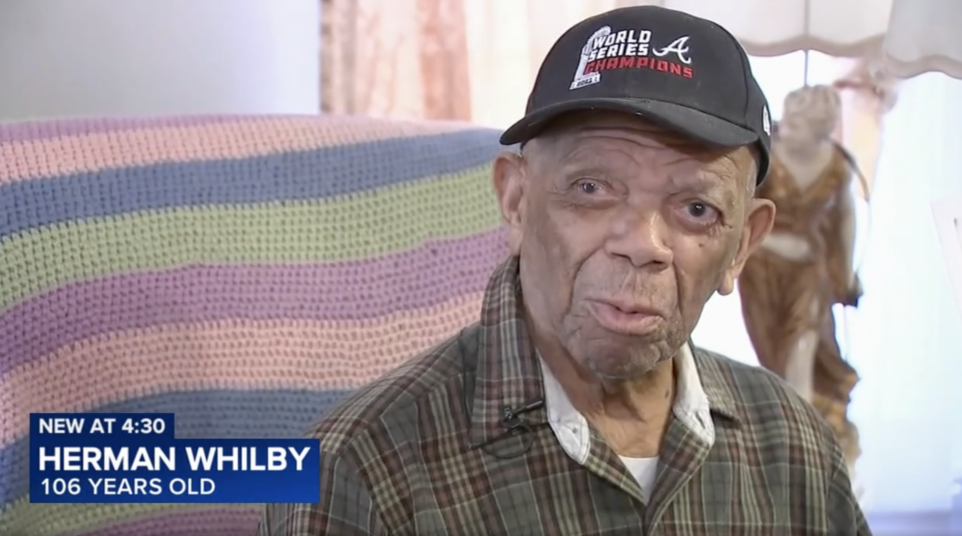The Laughable Kings and the Future of Nik Stauskas
This post is part of The Crosswalk, Crossing Broad’s reader submitted section. This post, by Brian Joseph, has been chosen to be featured. If you’re interested in having your work appear on Crossing Broad, fill out the short sign up form here.
(At this point, it has to be for attention that Howard Eskin says things like this, right?)
The irony of the Sixers-Kings deal is how much the trade proves the old approach to the NBA is disastrous. The “Hinkie Process” might not be right, either (the plane may never land, winning may never become a priority, etc.) but, damn, if the Sacramento Kings didn’t make a hole a chasm.
Think about why the deal happened: A few years ago, in an attempt to stay somewhat relevant, the Kings slightly overpaid mediocre free agent Carl Landry to come to town and slightly overpaid Jason Thompson to stay put. Cap strapped, the Kings needed to unload both to make a run at Monta Ellis (already signed with the Pacers), Wesley Matthews (already signed with the Mavericks) and Rajon Rondo (still a possibility).
Out of the Kings’ desperation, the Sixers somehow swindled the option to swap picks with the Kings in ’16 or ’17 (a pick already in jeopardy to go to the Bulls if the Kings are too good because of the horrible trade for J.J. Hickson). Despite all attempts to stay relevant, the Kings were the sixth worst team in the NBA last year. Right now, they look worse off. However, they can’t completely tank because there’s really no benefit. Especially if the Sixers are improved. Is it realistic Philly improves by five games and the Kings actually get five games worse, thus ceding their pick to the Sixers? Considering the offseason at this point, the team’s respective conferences and the soap opera that is unraveling in Sacramento, this isn’t a pipe dream.
Plus, the Sixers get a future first round pick from the Kings.
Plus, Landry and Thompson, who aren’t terrible. The pair roughly cost what the Celtics paid for Amir Johnson.
Plus, Nik Stauskas.
But, to Eskin’s “point”, how much can one get excited about Stauskas who averaged 4.4 points per game off the bench last year for a very poor Kings team?
To start, plenty of Hinkie-ites (is that a thing?) would have been thrilled to have Stauskas at 10 in the ’14 draft. Stauskas went eighth overall and the Sixers headed the asset direction. However, from most accounts, Stauskas’ rookie campaign was a flop.
Is that cause for concern? Maybe, but enjoy Stauskas sinking 70 of 76 threes IN THE RAIN in his backyard before we project out his career:
Using Basketball-Reference’s Play Index, there were 45 players who sort of fit the Stauskas mold and flopped as hard as Stauskas in their rookie year. The criteria was 6’4″ to 6’8″ guards who played 50+ games, started less than half of those, played 15+ minutes per game, and had a Player Efficiency Rating below 10 in their rookie year. The list was narrowed to the last 25 years and players only drafted in the first round which brought the group down to 20. Finally, to give the best possible comparison, players who could stroke it in college (over 40% from beyond the arc) were identified.
This gave a list of 6 players: Bo Kimble, Hubert Davis, Allan Houston, Casey Jacobsen, Kareem Rush and Daequan Cook.
Here’s how those 6 fared after their rookie year in the NBA:
For comparison’s sake, Stauskas is in no way similar in skill set to Allan Houston, who recovered the best from his poor rookie year. On the other end, Bo Kimble’s career was derailed mostly by his inability to mentally transition to the NBA.
That leaves Davis, Jacobsen, Cook and Rush. Davis was the most successful of the group. He became a sharpshooter at the pro level (all-time, he has the second highest career three point shooting percentage behind Steve Kerr) and was a very productive bench player for 12 years.
The other three had very similar production and career arcs. All three found their way to Europe and were below average bench players in the pros.
On the upside, outside of Kimble, all the players on the list unsurprisingly improved from three, especially Davis. However, only Davis and Houston (again, nothing like Stauskas in playing style and skill set) showed enough improvement to become key contributors.
If Stauskas becomes close to Davis, this would be a big win for the Sixers considering Davis’ career three point success and the increased emphasis in the league on the outside game. It’s more likely Stauskas is similar to the other three.
While the comparison is crude and there should be more pessimism than optimism about Stauskas’ outlook, the anti-Sam-ites have harped on the stockpiling of assets with very little effort to improve. For what it’s worth, the addition of Landry, Thompson and (especially) Stauskas is an attempt to improve both short term and long term. More importantly, somehow Hinkie was able to use current assets to add potentially useful parts AND add even more future assets. That’s wizardry.
For reference, here are the six players referenced compared to Stauskas in their rookie years:










